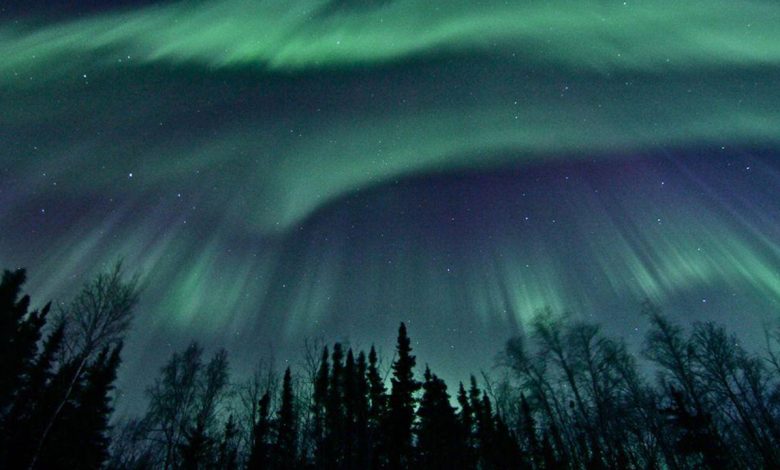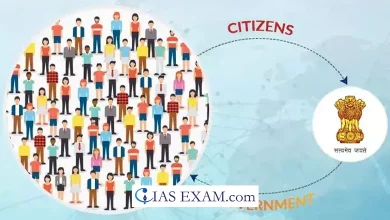
Context- According to the US National Ocean and Atmospheric Administration (NOAA), Earth has recently been affected by a powerful geomagnetic storm with a severity grade of G4.
Key Highlights
- The disruptions to Earth’s magnetic field brought on by solar emissions are referred to as geomagnetic storms.
- Our planet is hit hard by a Coronal Mass Ejection (CME) or a solar stream traveling at high speed.
- The Earth’s magnetic fields create the magnetosphere, which typically shields us from solar particles.
- The planet’s magnetosphere is peeled off like an onion when a CME or high-speed stream lands on Earth. Because of this, energetic particles from the solar wind can descend and enter our atmosphere over the poles.
- Solar weather events like this one can also boost auroras, making them visible in places they wouldn’t normally be.
What are the Implications of Such a Storm?
- Weather in space:
-
-
- Solar storms, solar energetic particles (SEPs), high-speed solar winds, and coronal mass ejections (CMEs) that approach Earth can have an impact on space weather in the upper atmosphere and near-Earth space.
-
- Spacecraft Operations Issues:
-
-
- Sun based tempests can hit activities of room subordinate administrations like Worldwide Situating Frameworks (GPS), radio, and satellite correspondences. Space exploration programs and aircraft flights are vulnerable.
-
- Aggravations in the Magnetosphere
-
- The Earth’s protective shield known as the magnetosphere may be disturbed as a result.
- Spacewalking astronauts may be exposed to solar radiation outside of Earth’s protective atmosphere, posing health risks.
How do forecasts of solar storms work?
- Computer models are used by solar physicists and other scientists to predict solar storms and activities in general.
- The timing and speed of a storm can be predicted by current models.
- However, neither the storm’s structure nor its direction can be predicted.
- The magnetosphere can respond more strongly to certain orientations of the magnetic field, resulting in more powerful magnetic storms.
- With the rising worldwide reliance on satellites for pretty much every action, there is a requirement for better space weather conditions gauges and more powerful methods for safeguarding satellites.
Facts
- Geomagnetic storms are categorized by NOAA on a scale from G1, which may result in an increase in auroral activity around the poles and minor fluctuations in power supplies, all the way up to G5, which includes extreme cases like the Carrington Event, a massive solar storm that occurred in September 1859 and caused telegraph services all over the world to be disrupted. It also triggered auroras that were so bright and powerful that they were visible as far south as the Bahamas.





.png)



